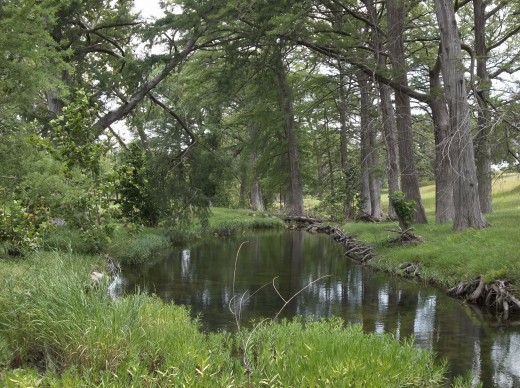Fort Camp Verde

A Unique Camel Experiment from the United States Army.
Nestled between the Texas towns of Bandera and Kerrville, Camp Verde is a very small one-building town with few amenities. Only the rarest of travelers stop here as now it is a simple intersection that hides its historical importance. A beautiful new building hosts a restaurant, a gift shop, a candy store and a still functioning old time post office. A few signs give a clue or two about its military background, but to know the history of Camp Verde, one needs to stop and explore a little more in depth.

Established on 08 July 1855 as a frontier post for the United States Army, the actual army camp was about one mile east of the tourist attraction that is now Camp Verde. None of the original buildings are still in existence, but the large sign on the gift shop gives away the uniqueness of the Texas Hill Country Army camp. Standing of the original foundation of a general store, the gift shop dominates the intersection.
A general store opened next to a trail and a creek in 1857 and served the army post as well as a few Texas ranchers or anyone traveling to and from San Antonio. Few people strayed this far west due to fears about Indians, mostly Comanches and Apaches. Mostly the store opened for a few days only right after soldiers received their pay. Situated on the banks of the beautiful but small Verde Creek, the store made a good profit from selling alcohol to the soldiers.
A few years earlier, Secretary of War Jefferson Davis, who later became the President of the Confederacy, asked for money to experiment with camels for military purposes. Camp Verde was an ideal location for the use of camels, as the long trek from San Antonio to El Paso exhausted horses, mules and oxen. The semiarid west wore out the animals ferrying supplies west but camels solved that logistical problem. After many travails the camels proved their worth by traveling throughout portions of Texas deemed inhospitable.
The first camels arrived in August of 1856 and were put to immediate use. Soldiers and citizens alike were taken aback at the appearance of camels in Texas, but they were able to haul much more than horses and mules without the need for constant water breaks. A three-day trip to San Antonio was cut down to two days. By the time the Civil War broke out, fifty-three camels were stationed at Fort Camp Verde.

On February 28, 1861 Confederate soldiers stationed in San Antonio marched westward to Camp Verde. They demanded the surrender of the fort. The Union commander had no options. They surrendered and were placed in a POW camp situated nearby in a large, three-sided canyon. Little is known about the prisoners, nor if any nearby Hill Country German Unionists were held in the pow camp.
As the Union blockade strangled Texas ports, the camels were put to work for the Confederate soldiers. They loaded the camels with bales of cotton and marched south to Mexico for trade. The southern army also used the camels for basic hauling of goods between Texas forts.
Late in the war, Confederate soldiers knew the end was near and abandoned the camp. Locals took over the area and by March of 1866, Union soldiers were once again garrisoned in Camp Verde. They sold all the camels as the fort was to be put out of commission. Vacated in 1869, the area was soon up for sale. A post office opened in 1877 to serve a few of the ranchers and cowboys who started to settle in the hills nearby.
Rarely, but not unheard of, are the stories today from ranchers who say that as children they saw a few wild camels on their property. The story of the camels is well known in the Texas Hill Country. These animals are the direct decedents of the camel experiment of 1854.









